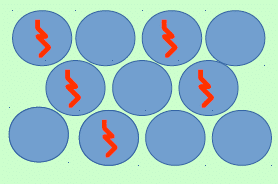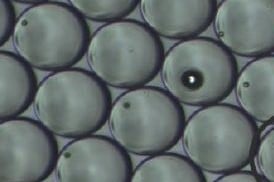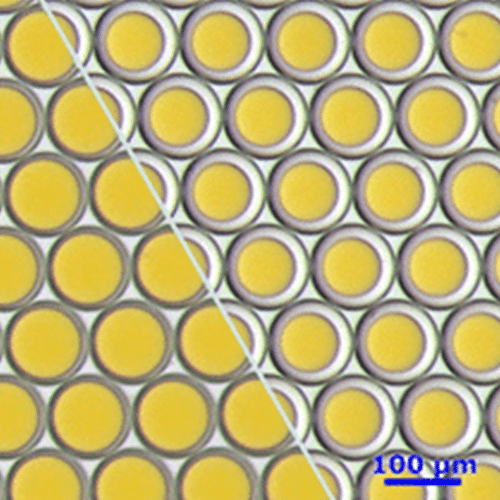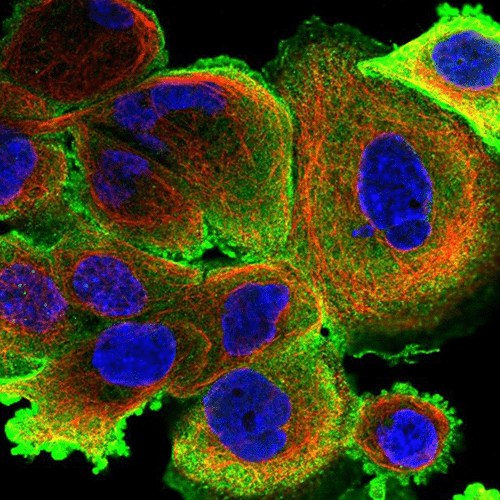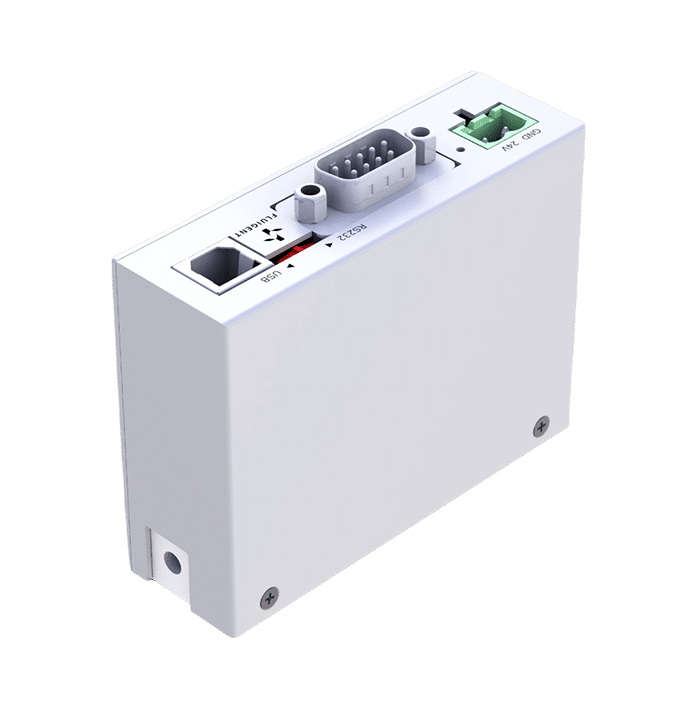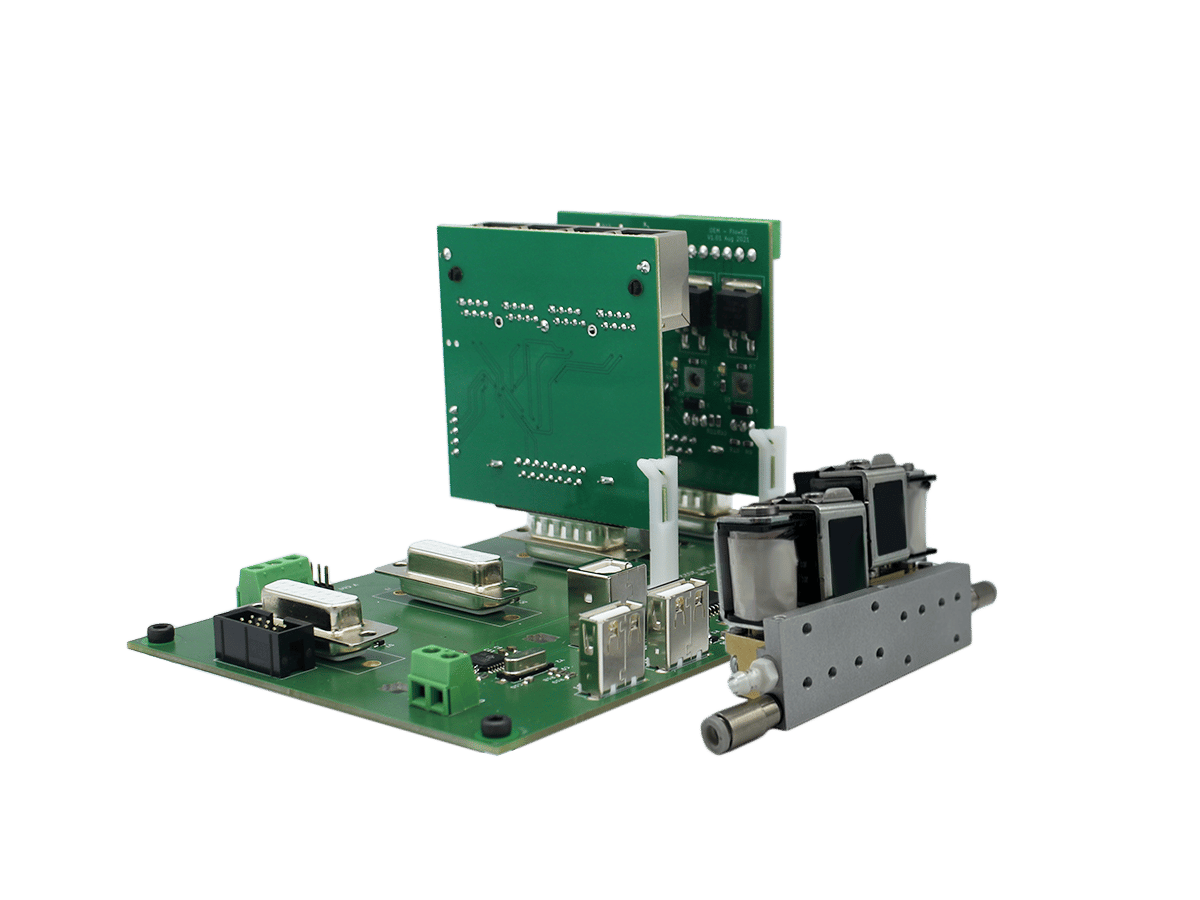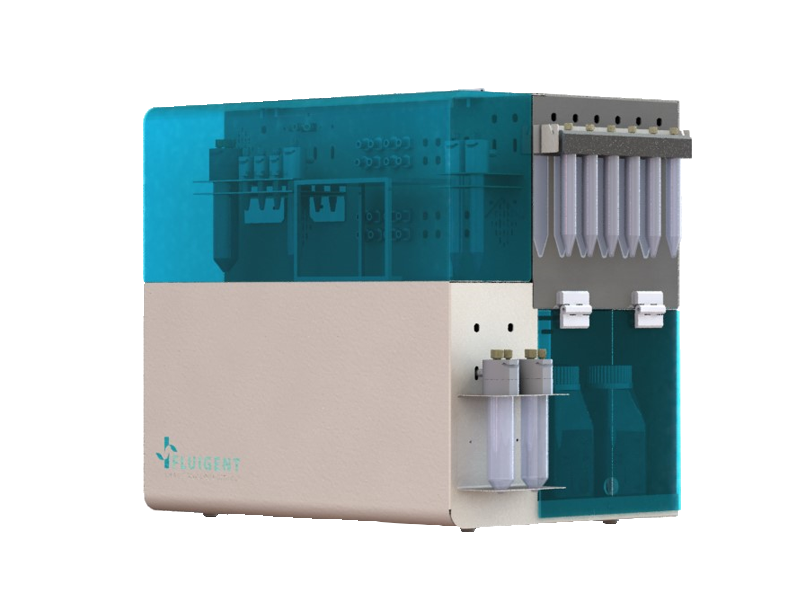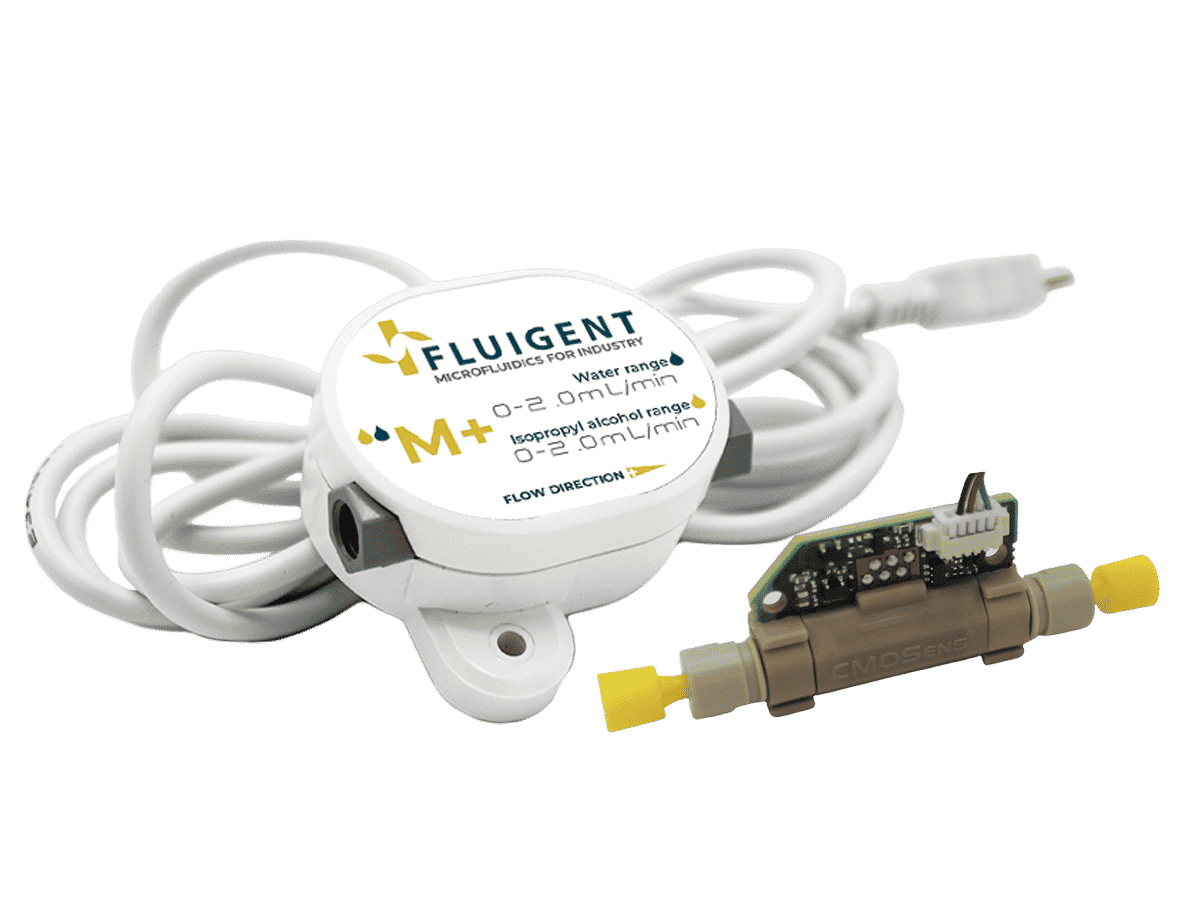Microfluidics in Water analysis
Water security is recognized as one of the great challenges of the 21st century by many international organizations. Continuous monitoring of water resources such as freshwater, seawater, wastewater, and drinking water for human and animal consumption is essential.
Why is water testing important?
As water is consumed by every living being every day, it is a critical resource that needs to be monitored closely. Whether for human consumption, livestock, or agriculture, water quality must be assessed and ensured at all times to prevent mass contamination and maintain the health of human and animal populations and soils. This testing can be done by different actors, from governmental organizations to individual consumers, making it essential to have fast, easy-to-use, and reliable solutions. To respond to these needs, microfluidics in water analysis is a cost-effective and efficient solution for water testing.
Industrial applications
Research applications
How does conventional water analysis work?
Multiple different steps are needed for conventional water testing. They typically include sample collection and preservation if the test needs to be done remotely (since some devices are only available in specific locations), followed by filtration to separate solid particles from the liquid before being analyzed. During analysis, various methods can be used to determine the concentration of contaminants or parameters of interest like turbidity, pH, heavy metals, or bacteria concentration. The results are then compared to established guidelines or regulations to determine whether the water meets regulatory requirements.
Microfluidics as a solution to current limitations on water quality monitoring
Conventional water monitoring is mainly based on laboratory instruments or sophisticated and expensive handheld probes for on-site analysis. This requires trained personnel and can be time-consuming. Microfluidics in water analysis is field-deployable, providing a way to perform scanning at remote or hard-to-reach locations directly at the point of sampling. Microfluidics also provides increased sensitivity, with the ability to detect lower contaminant concentrations than with traditional methods. The analysis time is drastically reduced, allowing for real-time monitoring and increased efficiency while preventing water waste through the use of very small samples. Reduced measurement times, improvements in sensitivity, enhancement of selectivity, and high repeatability are all advantages of using microfluidic devices when integrated into miniaturized chemical systems for water quality analysis.
Related products
Research field
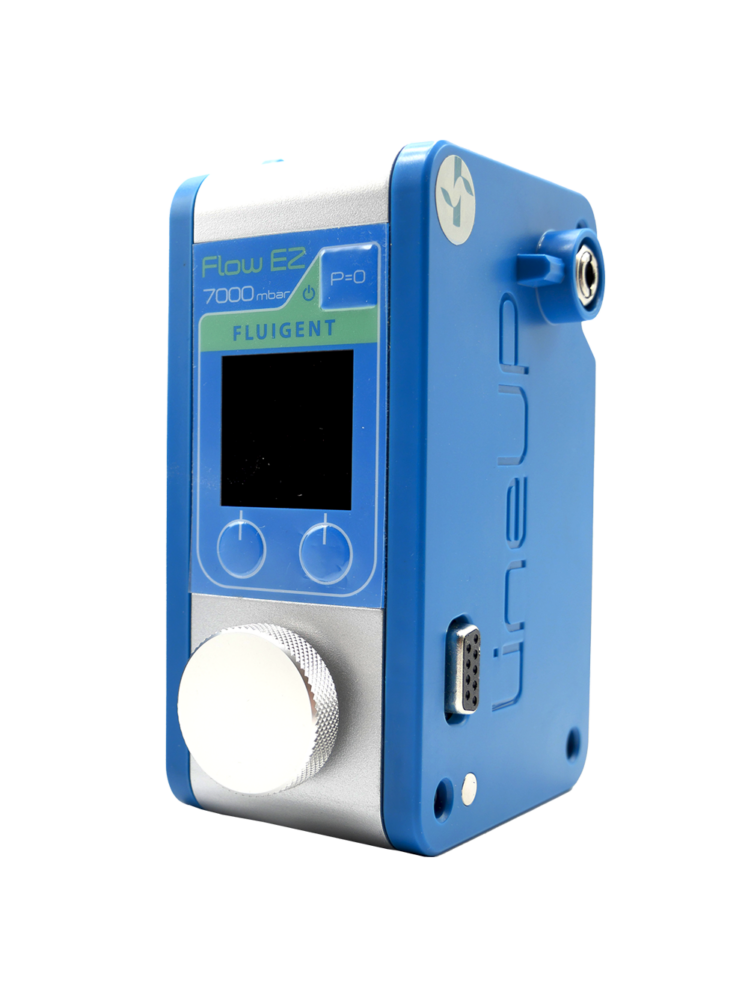
Microfluidic flow controller
Flow EZ™
See the offer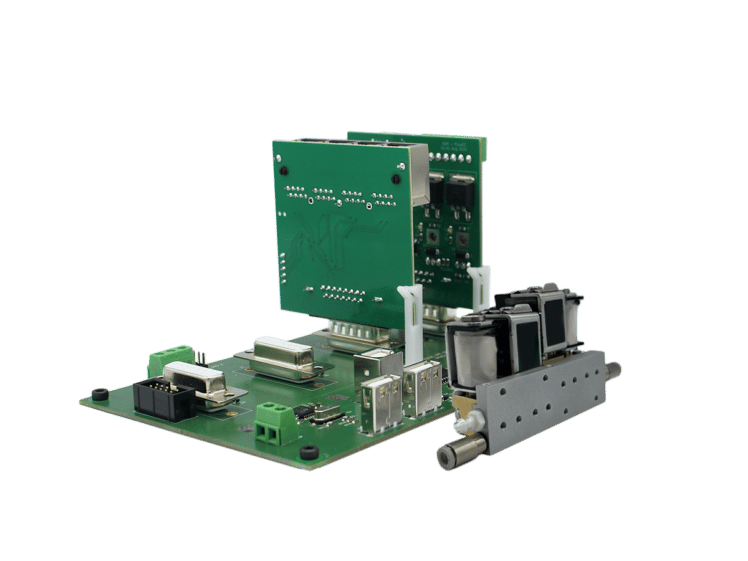
Modular OEM Microfluidic Flow Controller
Modular OEM Microfluidic Flow Controller
See the offer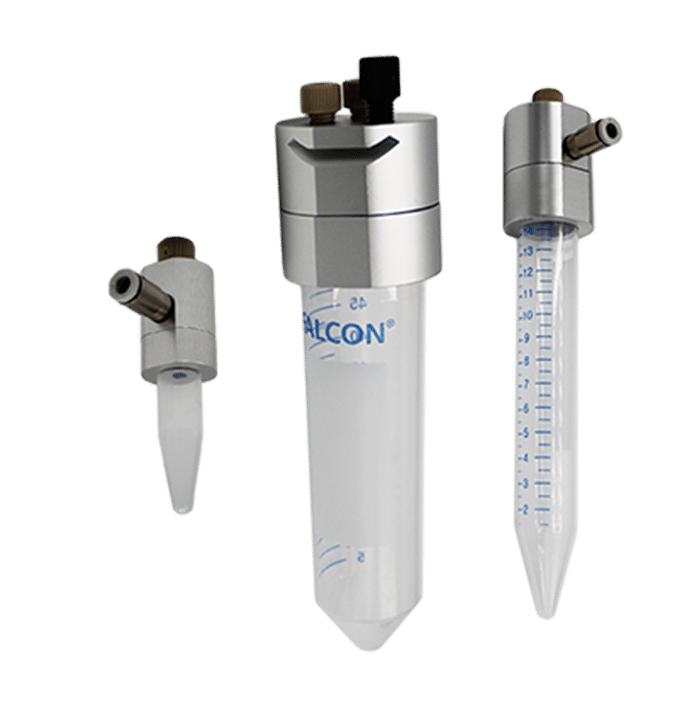
Airtight metal tube caps for microfluidics
P-CAP series
See the offer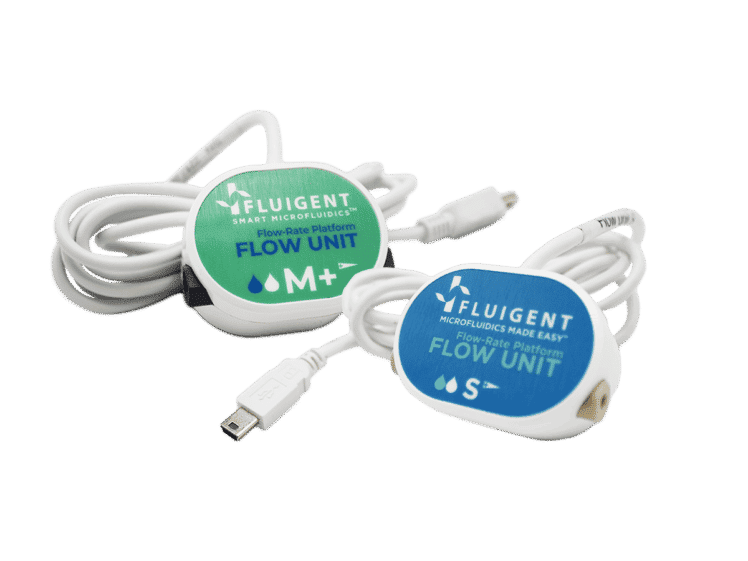
Bidirectional Microfluidic Flow Sensor
FLOW UNIT | FLOW UNIT +
See the offer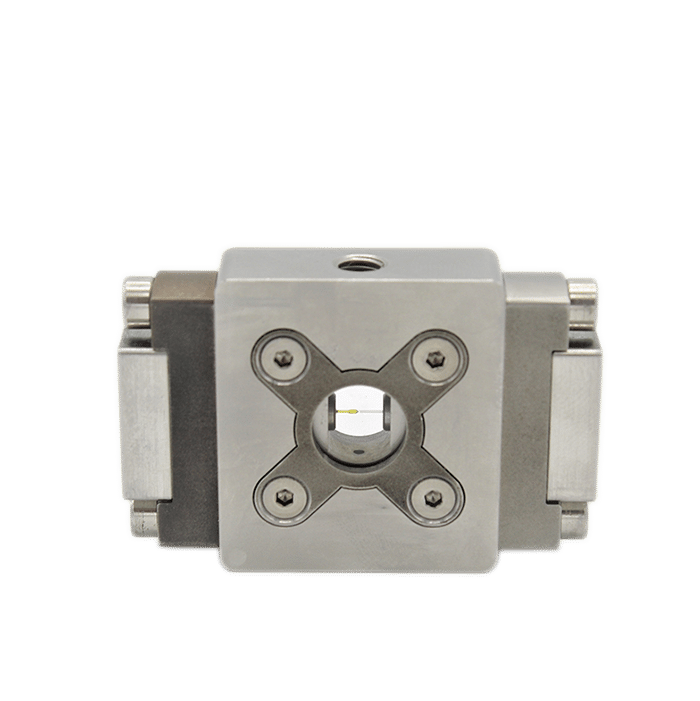
Microfluidic Single Emulsion Device
RayDrop Single Emulsion
See the offer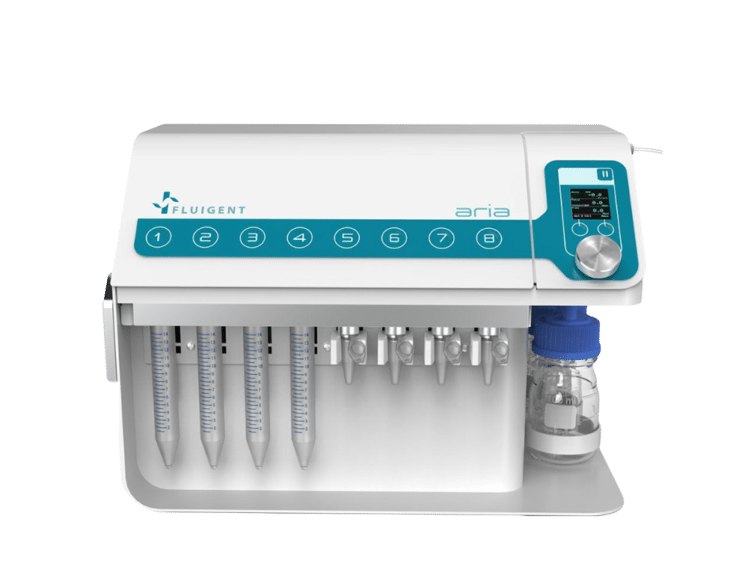
Automated Perfusion System for Spatial Omics
Aria
See the offer
Industrial field
Expertise & resources
- Expert Reviews: Basics of Microfluidics
Microfluidics overview: History and Definition
Read more - Expert Reviews: Basics of Microfluidics
What is the history of microfluidics?
Read more - Microfluidics White Papers
An exploration of Microfluidic technology and fluid handling
Read more 
Microfluidic OEM
Read more
Looking for a new market?
From the life sciences to the food industry, many applications require the use of fluids driven at flow rates ranging from nanoliters to milliliters per minute. At low flow rates like these, the success of such applications strongly depends on the level of control and automation of fluidic operations.
These applications require flow control systems designed to ensure their success.
